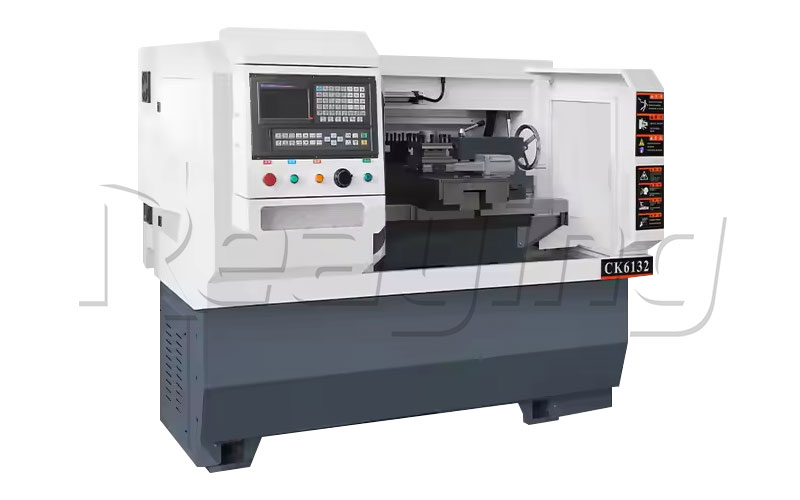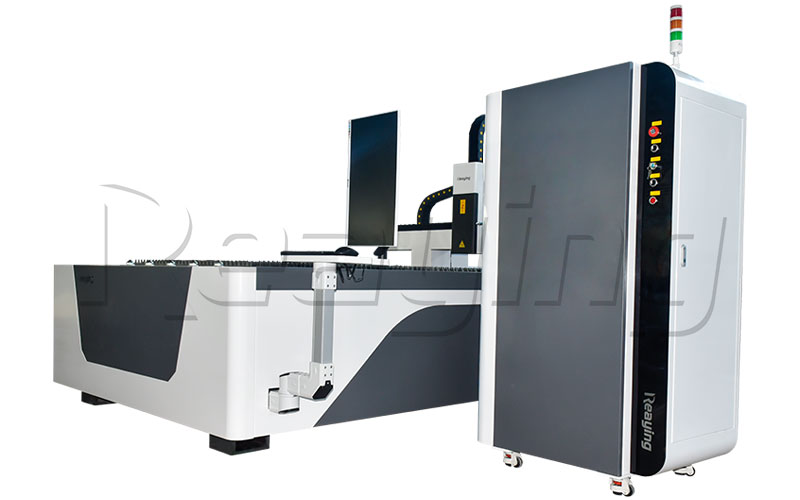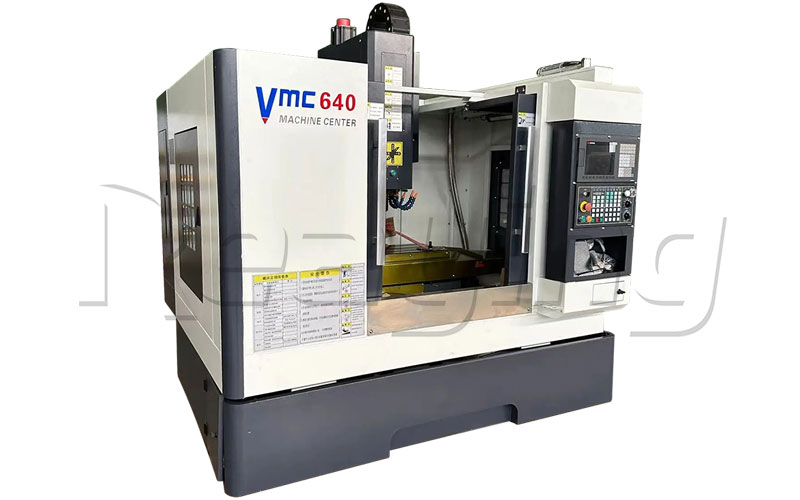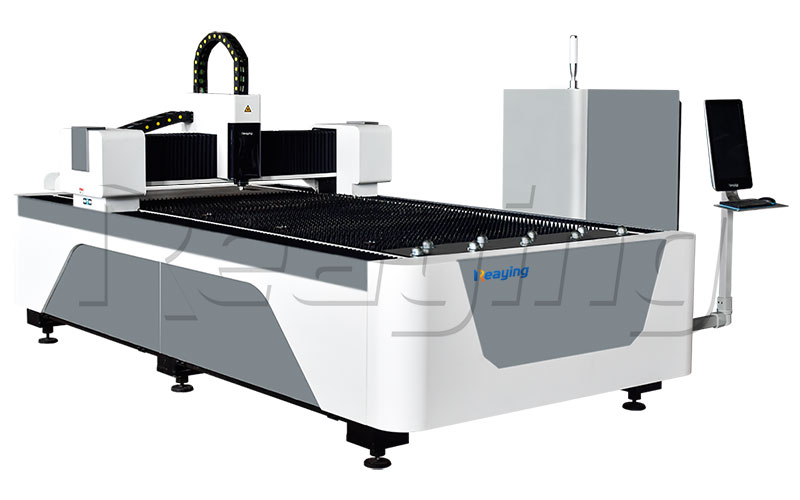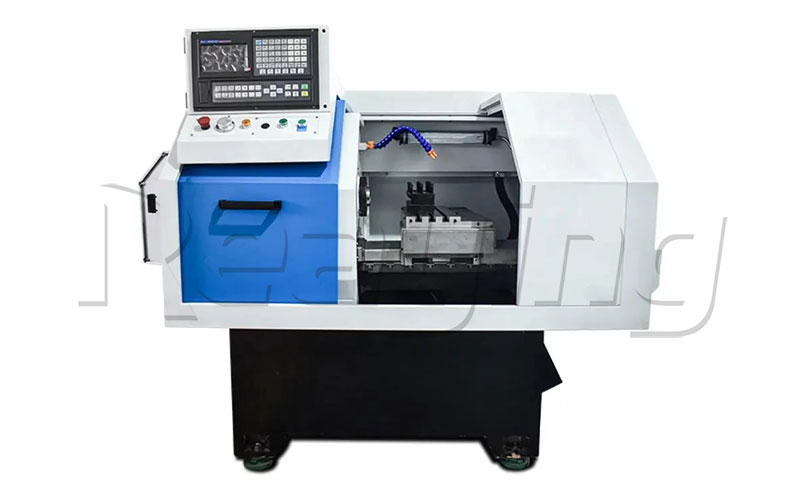The Evolution and Applications of Laser Welding Machines
Introduction
Laser welding machines have revolutionized modern manufacturing, offering precision, speed, and versatility unmatched by traditional welding techniques. As industries continue to push the boundaries of technology, the demand for efficient and reliable welding methods has surged. Laser welding, which uses a concentrated beam of light to join materials, has emerged as a leading solution. This article delves into the intricacies of laser welding machines, exploring their history, functionality, advantages, and wide-ranging applications across various industries.
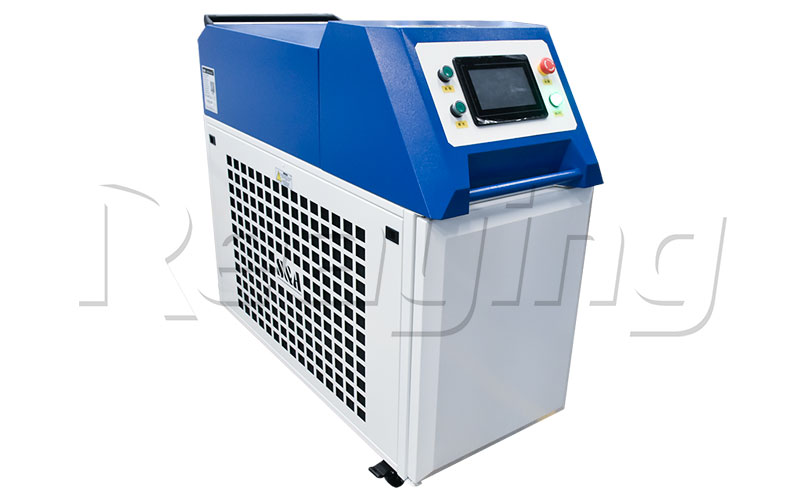
Historical Development of Laser Welding
The concept of using light to manipulate materials dates back to the early 20th century, but it wasn’t until the invention of the laser in 1960 by Theodore Maiman that practical applications began to emerge. Early laser welding research focused on understanding the interaction between laser beams and materials. By the 1970s, advancements in laser technology and material science paved the way for the first commercial laser welding machines. These early models were primarily used in aerospace and defense sectors due to their high cost and specialized nature.
How Laser Welding Machines Work
Laser welding machines operate by focusing a high-intensity laser beam onto the materials to be joined. The energy from the laser beam melts the material at the targeted area, allowing it to fuse together upon cooling. There are several types of lasers used in welding, including CO2 lasers, Nd:YAG (neodymium-doped yttrium aluminum garnet) lasers, and fiber lasers, each with unique properties suited for different applications.
- CO2 Lasers: These are gas lasers that operate at a wavelength of 10.6 micrometers. They are known for their high power and efficiency, making them suitable for cutting and welding thick materials.
- Nd:YAG Lasers: These solid-state lasers operate at a wavelength of 1.064 micrometers and are highly effective for welding metals and non-metals. Their shorter wavelength allows for finer control and precision.
- Fiber Lasers: These are the latest advancement in laser technology, using optical fibers to deliver the laser beam. They offer high beam quality, efficiency, and are particularly suited for high-precision welding applications.
Advantages of Laser Welding
Laser welding offers several significant advantages over traditional welding techniques:
- Precision and Control: The high focus and control of the laser beam allow for extremely precise welding, reducing the risk of damage to surrounding materials.
- Speed and Efficiency: Laser welding is typically faster than traditional welding methods, increasing productivity and reducing manufacturing time.
- Minimal Distortion: The localized heating of the laser reduces thermal distortion and residual stress in the materials being welded.
- Versatility: Laser welding is effective on a wide range of materials, including metals, plastics, and even dissimilar materials.
- Automation and Integration: Laser welding machines can be easily integrated into automated production lines, enhancing consistency and repeatability in manufacturing processes.
Applications Across Industries
Laser welding machines have found applications across a diverse array of industries, each leveraging the technology’s unique benefits to improve manufacturing processes.
- Automotive Industry: Laser welding is extensively used in the automotive sector for producing high-strength, lightweight components. Applications include body panels, transmission components, and even battery manufacturing for electric vehicles.
- Aerospace Industry: The aerospace industry relies on laser welding for fabricating critical components that require high precision and minimal thermal distortion, such as turbine blades and fuel system components.
- Medical Device Manufacturing: In the medical field, laser welding is used to produce intricate devices and instruments, including surgical tools, implants, and micro-electronic components. The precision of laser welding ensures the high standards required for medical applications.
- Electronics Industry: Laser welding is crucial in the production of electronic components, such as circuit boards and semiconductor devices, where precision and minimal thermal impact are essential.
- Jewelry and Art: Laser welding is also utilized in the creation and repair of jewelry, offering a precise and delicate method to join precious metals without affecting their aesthetic qualities.
Future Trends in Laser Welding
The future of laser welding looks promising, with continuous advancements in laser technology and applications. Emerging trends include:
- Increased Automation: The integration of artificial intelligence and machine learning into laser welding systems is expected to further enhance automation, leading to smarter and more adaptive welding processes.
- Advanced Materials: Ongoing research into new materials, such as composites and high-performance alloys, will expand the capabilities and applications of laser welding.
- Sustainability: As industries seek more sustainable manufacturing methods, laser welding’s efficiency and minimal material waste make it a favorable option.
Conclusion
Laser welding machines have transformed the landscape of modern manufacturing, offering unparalleled precision, speed, and versatility. From automotive and aerospace to medical devices and electronics, the applications of laser welding continue to grow, driven by technological advancements and the relentless pursuit of efficiency. As industries evolve, laser welding will undoubtedly remain at the forefront, pushing the boundaries of what is possible in manufacturing and beyond.
Need Help!!!
Categories
Recent Post

Tag Cloud
About Reaying
Shandong Reaying Machinery Co., Ltd. is one of the leading laser machine manufacturers around the world since 2008 with a registered capital of 3 million yuan. It is a high-tech enterprise focusing on R&D...
Read More